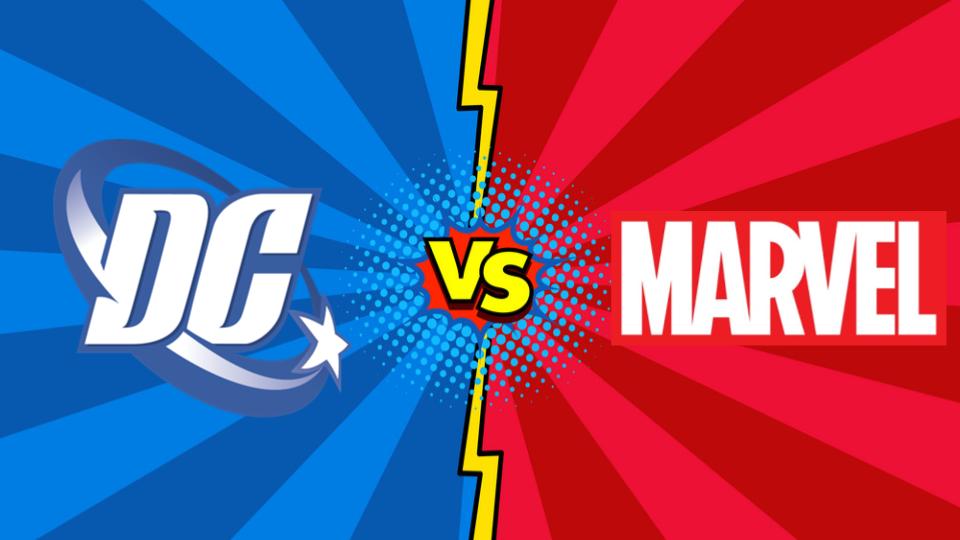Tag: comics
-

Marvel vs. DC Comics
This presentation was put together as a kind of “cultural study” for the Jeonju University Teacher Trainer program in July 2020. I introduced DC and Marvel comics, and detailed many of the differences and similarities between the two biggest comic book publishers in the US. “Slugfest: Inside the Epic 50-Year Battle Between Marvel and DC”…
